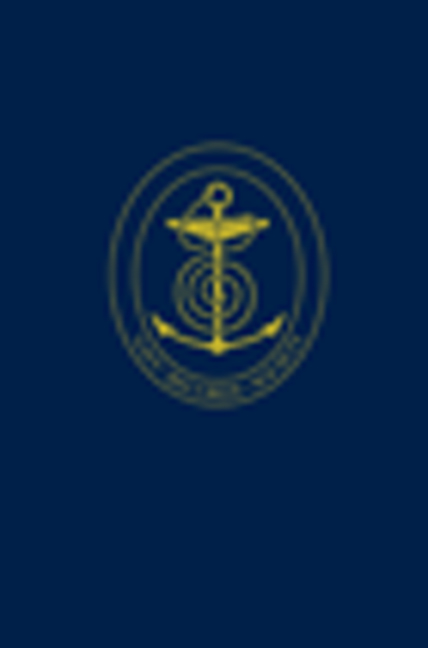 The Durham Papers
The Durham Papers Book contents
- Frontmatter
- Miscellaneous Frontmatter
- Dedication
- Contents
- General Introduction
- Part I From Acting Lieutenant to Master and Commander, 1781–1790
- Part II Sloop Commander, 1793
- Part III Frigate Captain, 1793–1802
- Part IV Ship-of-the-Line Captain, 1803–1810
- Part V Flag-Officer, 1810–1813
- Part VI Commander-in-Chief, Leeward Islands, 1813–1816
- Part VII Lowland Laird, and Commander-in-Chief, Portsmouth, 1836–1839
- Part VIII Epilogue
- Sources and Documents
- Index
- Miscellaneous Endmatter
Part VI - Commander-in-Chief, Leeward Islands, 1813–1816
Published online by Cambridge University Press: 04 May 2024
- Frontmatter
- Miscellaneous Frontmatter
- Dedication
- Contents
- General Introduction
- Part I From Acting Lieutenant to Master and Commander, 1781–1790
- Part II Sloop Commander, 1793
- Part III Frigate Captain, 1793–1802
- Part IV Ship-of-the-Line Captain, 1803–1810
- Part V Flag-Officer, 1810–1813
- Part VI Commander-in-Chief, Leeward Islands, 1813–1816
- Part VII Lowland Laird, and Commander-in-Chief, Portsmouth, 1836–1839
- Part VIII Epilogue
- Sources and Documents
- Index
- Miscellaneous Endmatter
Summary
In November 1813, Durham was appointed Commander-in-Chief of the Leeward Islands station [805], in succession to Sir Francis Laforey, with whose inert tenure the colonists, their merchantmen plagued by American privateers, gratefully contrasted Durham’s vigilance and activity – despite the small size of the force at his disposal – in ridding the Caribbean of such vessels.The items in this Part include a fascinating list of canned foods from Bryan Donkin’s pioneering firm (with instructions for opening) [806], which Durham took out to Barbados aboard his flagship Venerable, accounts of his cunning pursuit and capture en voyage of two brand new French frigates [807–809], and addresses of gratitude from merchants at various locations within the Leeward and Windward group for his outstanding command, which resulted in innumerable captures. In addition to encomiums reproduced here [810, 817, 823], there are others in John Marshall’s Royal Naval Biography. The merchants of St Thomas, delighted that he had restored their island’s status as the final rendezvous for fleets bound for England, presented him with a star appropriate to his order of knighthood, the KCB that he received in 1815 [848–850, 863]. (A beautiful ceremonial sword worth 100 guineas presented to him by the merchants of Trinidad is portrayed with him in an oil painting by Sir Francis Grant and is now in the National War Museum of Scotland at Edinburgh Castle, along with William Ward’s engraving, issued in 1837, of the Grant portrait.)
It was reported in March 1815 that: ‘The merchants at St Vincent’s addressed a memorial to Admiral Durham stating that a privateer (the Chasseur ) had blockaded them for five days, doing much damage and requesting that he would send them at least “a heavy sloop of war” on which the admiral sent them the Barrosa frigate [36 guns].’ This incident has inspired an American work of naval fiction in which Durham is depicted inaccurately as grey-haired, ‘old’ and ‘crusty’.
This Part also contains Durham ‘ s correspondence with Admiral Sir Alexander Cochrane (Commander-in-Chief on the North American Station) [812, 813, 821, 825, 832, 833, 839, 842, 858, 883, 904], and material pertaining to Durham ‘ s controversial refusal to allow his squadron to take captured vessels to the Vice-Admiralty Court at Antigua (alleging extortionate charges) [830, 843–846, 852–855, 903].
- Type
- Chapter
- Information
- The Durham PapersSelections from the Papers of Admiral Sir Philip Charles Henderson Calderwood Durham G. C. B. (1763-1845), pp. 399 - 478Publisher: Boydell & BrewerFirst published in: 2024
